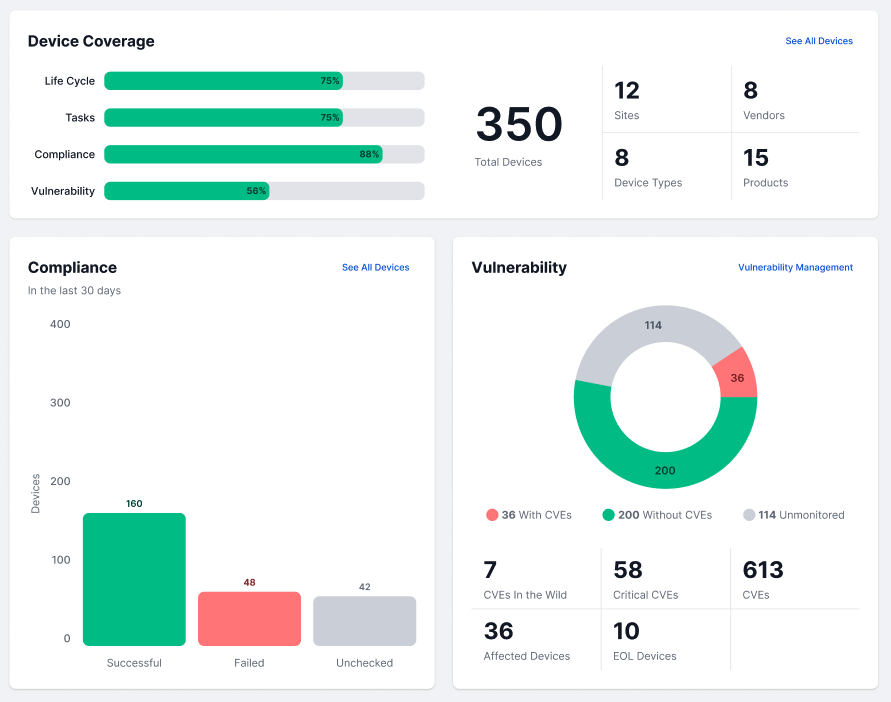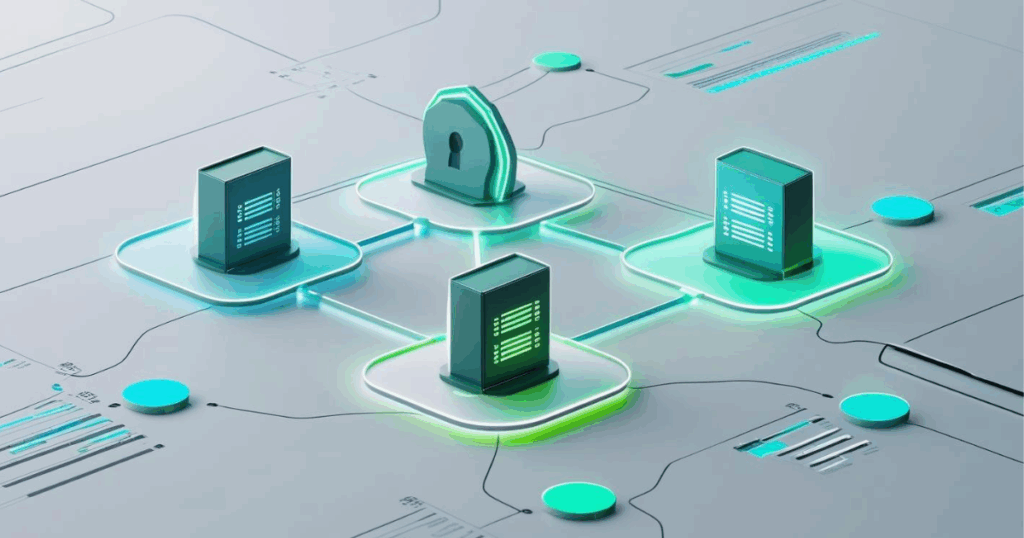Why Automate?
At BackBox, we discuss automation as if it’s the best choice for everyone without questioning why that may be the case. We talk about features, and we have the best backup solution, among other things. Why would you automate? What are you doing today that would benefit from some automation, particularly the kind that aligns […]









